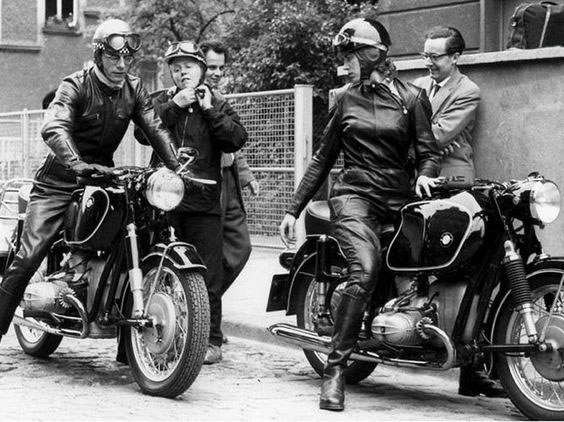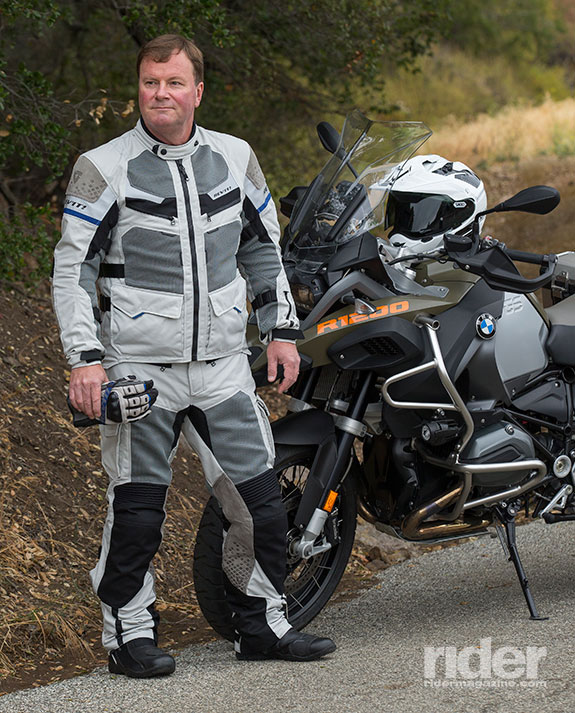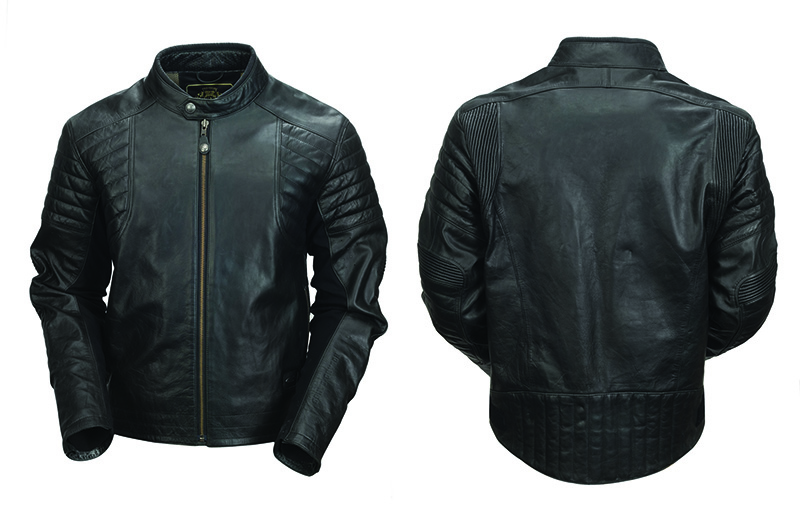In the beginning, there was leather.
Humans have been using leather for armor and protection since the first bright souls figured out that an extra layer of toughened animal hide would do well to protect our own vulnerable epidermis. Early motorcyclists, aware of leather’s excellent abrasion resistance, adopted it as the de facto uniform of choice, which it remained until relatively recently.
While professional (and amateur) road racers and cruiser aficionados still prefer leather, modern textiles have caught up to, and in some respects (such as breathability and weather protection), surpassed leather as a protective material for motorcycling. Terms like Cordura, SuperFabric, ballistic nylon and Gore-Tex are now common in the rider’s lexicon.

Before we get much further, it’d be worth a quick detour to get an overview of exactly what our motorcycle gear does. We all know the mantra, ATGATT (All The Gear, All The Time)…but what should we expect from our gear? After all, we don’t wear it just to look cool.
Our gear protects us in three ways:
- Abrasion – sliding along the surface of the road, trail or track
- Punctures – landing on a sharp object, or having a piece of a vehicle or the bike, such as a footpeg or lever, stab us as we tumble in an accident
- Impact – that sudden, jarring impact with the ground—or another vehicle, trees, telephone poles, concrete barriers, etc.
Leather excels at abrasion and puncture resistance, and it can often survive more than one crash. Generally speaking, textiles must be replaced after one incident. As the saying goes, though, it’s not the fall we worry about—it’s the sudden stop at the end. High-tech wearable airbags have started becoming affordable enough for serious consideration, but for most of us the best protection against impact is armor. Most armor is CE-approved to either Level 1 (a maximum transmitted force of less than 18 kilonewtons, or kN; 1 kN equals about 225 pounds of force) or Level 2 (a maximum transmitted force of less than 9 kN). No CE approval at all means the armor may protect you from impacts, but how much is uncertain.

Fortunately, apparel manufacturers have figured out how to make jackets that incorporate CE-approved protection with a look that works both on and off the bike. When it comes to pants, though…well, most riding pants tend to look like what they are: motorcycle apparel designed to save our butts (and skins) in the event of a crash—not like something you’d want to wear to the movies, dinner or to run errands. Until recently, in times like these we were forced to choose between wearing regular jeans (which essentially become tissue paper when they hit the ground) and doing the responsible ATGATT thing, either stripping off the pants when we get to where we’re going or just sucking it up and marching proudly around in our armored ballistic nylon, SuperFabric-enhanced riding pants. (Which for some reason seems to cause people to ask us if we ride a motorcycle; this effect is pronounced if we are also carrying a helmet. A strange phenomenon to be sure, but I digress.)
Fortunately, the magic of modern technology, coupled with apparel manufacturers’ willingness to listen to what we want, has resulted in more riding jeans options. Riding jeans are supposed to look like regular old jeans, allowing us to walk undetected amongst the non-riding masses, yet they also incorporate several protective options that allow us to adhere to ATGATT—even if we don’t look like it.

While I personally prefer to wear activity-specific gear for high-risk or specialized applications (dual-sport rides, long trips, trail riding, etc.), modern riding jeans can offer a reasonably safe option when you want to be a little more casual. The good news is that there are a lot of choices out there. The bad news is…there are a lot of choices out there! So we have taken it upon ourselves to actually get our hands on as many brands of riding jeans as possible, wear them both on and off the bike, gather information on each model’s protection package and compile it all into a Riding Jeans Buyer’s Guide.
First, though, let’s talk construction:
Riding jeans are, by definition, made of either cotton or polyester denim. Denim on its own does very little to protect us in a fall, so riding jeans incorporate a synthetic abrasion-resistant yarn or fabric to do the dirty work. There are three types of yarn or fabric used: aramid, UHMWPE (Ultra-High-Molecular-Weight Polyethylene) and Covec.
Aramid fabric (brand name: Kevlar)
- Roughly 5 times stronger than steel
- Sensitive to UV light; should not be subjected to direct sunlight for extended periods of time
- Low heat conductivity: friction from sliding is less likely to burn you or cause the fabric to melt to your skin
- Should not be washed often, as moisture and repeated bending degrades strength over time
- Sweat and the use of bleach will degrade strength over time
UHMWPE fibers (brand names: Dyneema, Armalith, Spectra)
- Roughly 8 – 15 times stronger than steel
- Resistant to water, moisture, UV light, most chemicals and micro-organisms
- High heat conductivity: will transfer friction heat from sliding
- Stands up to repeated bending and folding
- Fibers can be woven into denim, creating a lightweight single-layer jean
Covec fabric
- About 25 percent more abrasion-resistant than aramid (Kevlar)
- Resistant to moisture and chemicals
- Low heat conductivity: friction from sliding is less likely to burn you or cause the fabric to melt to your skin
- Maintains its strength even with repeated bending, folding and rubbing
Protective fabric is only as good as the seams holding it together, so look for double and triple stitching and/or special threads being used at the seams. Pockets for knee and/or hip armor are often sewn in as well, although the armor itself may or may not be included.
Now that we have a better understanding of how riding jeans are made, let’s get on with the reviews! Click here to continue.









Interested in safer jeans to ride in.